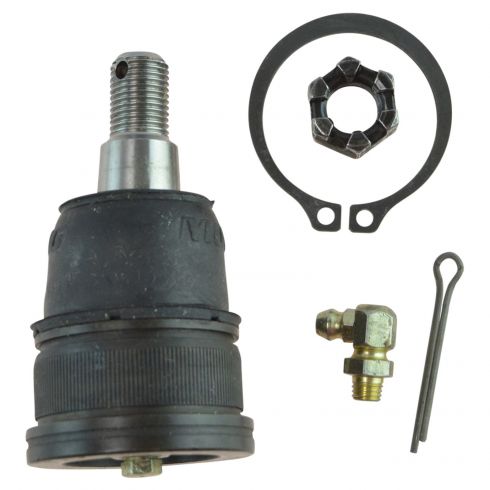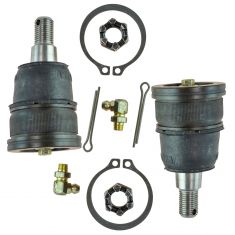MGSBJ00016-Honda Civic Acura RSX Front Lower Ball Joint MOOG K90493

Replaces
2005 Honda Civic Hatchback Front Driver Side Lower Ball Joint MOOG K90493

Product Reviews
Loading reviews
There are no reviews for this item.
Customer Q&A
No questions have been asked about this item.
Honda is a registered trademark of Honda Motor Co., Ltd. 1A Auto is not affiliated with or sponsored by Honda or Honda Motor Co., Ltd.
See all trademarks.









